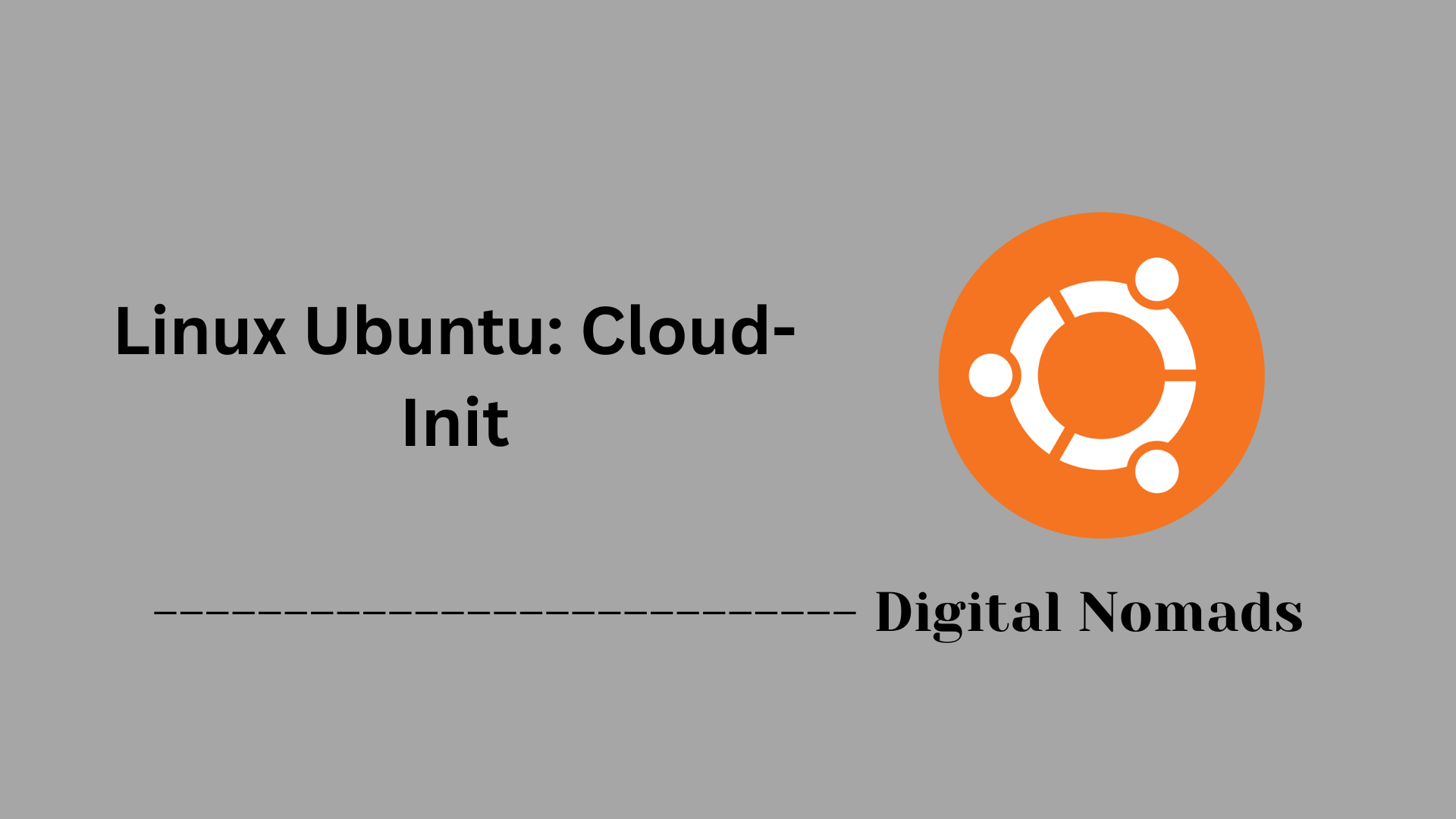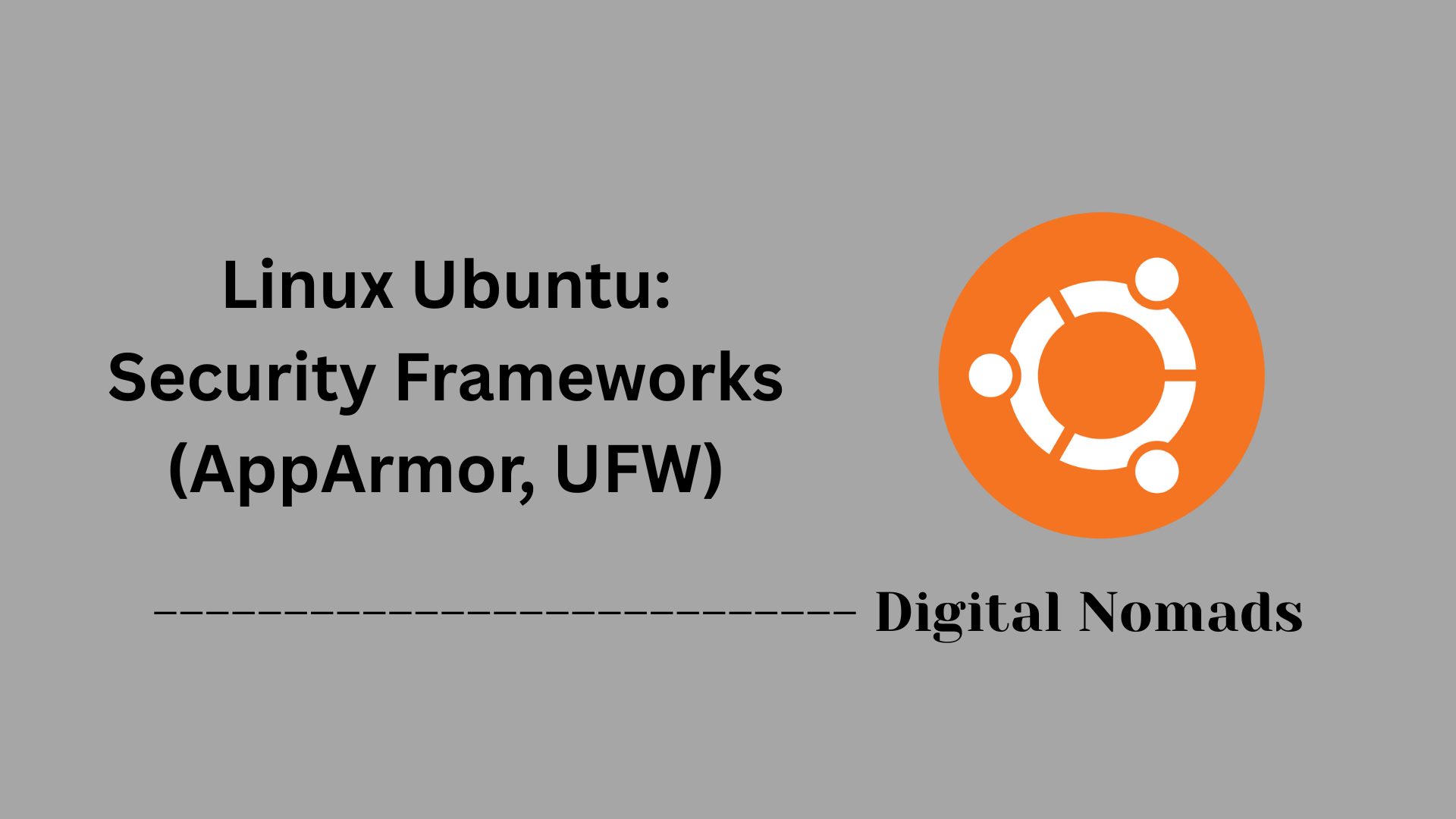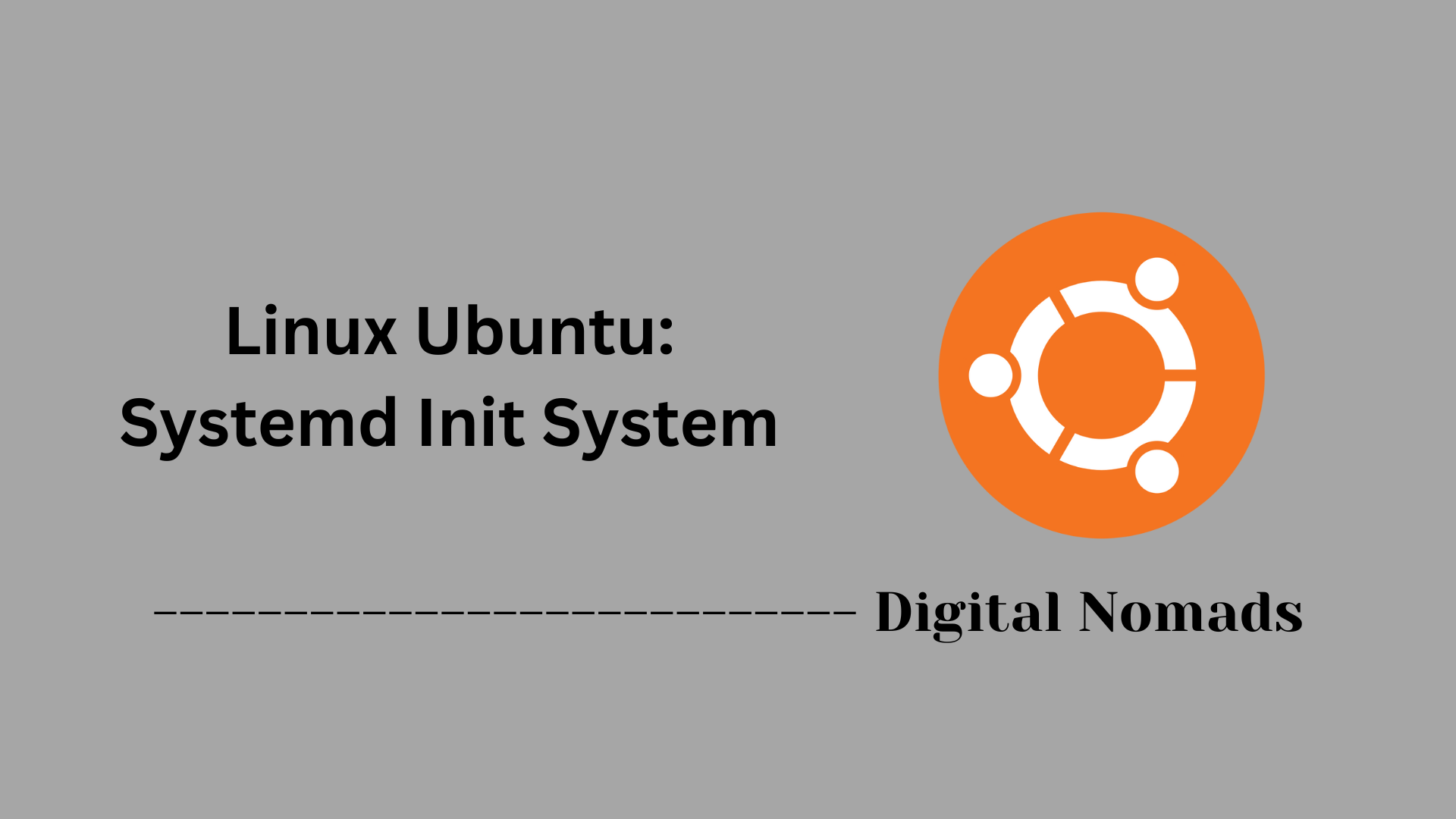Table of Contents
- Overview
- Core Components
- Common Tasks & Shortcuts
- Configuration & Customization
- Troubleshooting
- Useful Commands
- Conclusion
Overview of the GNOME Desktop Environment on Ubuntu
What Is GNOME on Ubuntu?
The GNOME Desktop Environment is the default graphical user interface used by Ubuntu, one of the most popular Linux distributions. GNOME provides a visually engaging and modern desktop, designed to be simple, intuitive, and accessible across a variety of hardware. It manages how you interact with your computer—controlling application launching, window management, and desktop navigation—so you can use your Linux system efficiently.
Why You Should Know About GNOME
- User Experience: GNOME shapes nearly every interaction you have with your Ubuntu system, from logging in and launching applications to managing files and settings.
- Consistency: It delivers a consistent user interface and workflow across updates and device types, making it easier for users to develop productive habits.
- Customization: GNOME offers extensive configuration options, letting users personalize their desktop appearance, workspace layout, keyboard shortcuts, and more.
- Compatibility: As GNOME is the default for Ubuntu and widely adopted by other distributions, knowing it provides skills that transfer to many Linux environments.
Understanding GNOME gives you the power to get the most from your Ubuntu system, customize your workspace to suit your needs, and troubleshoot issues more effectively.
How GNOME Works
- Shell: The core element is the GNOME Shell, which presents the graphical interface you see—combining panels, application menus, search features, and more.
- Window Management: GNOME’s window manager organizes how application windows behave, how desktop workspaces are arranged, and how you switch among tasks.
- Activities Overview: The Activities view provides a central space for searching, launching, and managing applications and open windows.
- Core Applications: GNOME supplies a suite of applications (file manager, terminal, settings, etc.) designed to ensure a smooth, integrated experience.
- Settings and Extensions: Through a dedicated settings app and a modular extension system, you can tailor the entire environment to your preferences.
In summary, GNOME is the layer that transforms Ubuntu from a command-line system into a powerful, easy-to-use graphical desktop, making Linux accessible and productive for everyone.
Core Components
The following elements form the foundation of the GNOME desktop experience on Ubuntu. Together, they enable an efficient, modern, and user-friendly graphical interface for Linux users:
- GNOME Shell: Provides the main user interface, application launching, window switching, search, notifications, and workspace management. This is the graphical shell you interact with on screen.
- Top Bar: Runs along the top of the screen, offering system access, status notifications, a calendar, and controls for sound, networking, power, and user session management.
- Activities Overview: Central hub that displays open windows, favorite applications, and access to search. Easily switch between tasks and workspaces from here.
- Dash: Sidebar that shows favorite and running applications for fast launching and multitasking.
- System Status Area: Includes quick access menus for network, power, audio, Bluetooth, and accessibility options. Designed for clarity and ease of use.
- Files (Nautilus): Default file manager for browsing, organizing, and managing files and directories with a graphical interface.
- Settings: Unified application for configuring system preferences, including display, keyboard, network, and appearance.
- Window Manager (Mutter): Integrates with GNOME Shell to manage window placement, compositing, animations, and graphical effects.
- Core Applications: Essential apps included out-of-the-box, such as the web browser, image viewer, video player, terminal, and software center.
- Notification & Messaging Tray: Collects system and application notifications in a dedicated area for seamless communication and alerts.
Common Tasks & Shortcuts
This section covers frequently performed actions and useful shortcuts that enhance productivity and ease navigation within the GNOME desktop on Ubuntu:
-
Opening the Activities Overview:
PressSuper (Windows) keyto open the Activities Overview where you can search, launch apps, and switch between windows and workspaces. -
Launching Applications:
Use theSuperkey to open Activities, then start typing the application name and pressEnterto launch. -
Switching Between Applications:
PressAlt + Tabto cycle through open applications, holdingAltand tappingTabto switch. -
Managing Workspaces:
UseCtrl + Alt + Up/Down Arrowto move between different workspaces. Move windows between workspaces by dragging in the Activities Overview. -
Closing Windows:
PressAlt + F4to close the currently active window. -
Taking Screenshots:
PressPrtScnto capture the whole screen,Alt + PrtScnfor the current window, orShift + PrtScnto select an area. -
Locking the Screen:
PressSuper + Lto lock the screen quickly. -
Opening a Terminal:
PressCtrl + Alt + Tto launch the terminal from anywhere within the desktop. -
Searching Files and Settings:
Access the Activities Overview with theSuperkey and start typing to search for files, applications, or settings. -
Switching Between Workspaces with Windows:
Drag a window to the right side of the screen to snap it into place, or useSuper + Left/Right Arrowto tile windows side by side.
Configuration & Customization
This section explains how users can personalize their GNOME desktop to fit their workflow and aesthetic preferences while maintaining system performance and usability.
-
Accessing Settings:
Open theSettingsapplication from the Activities Overview or the system menu to configure system options including display, network, and privacy. -
Changing Desktop Background:
WithinSettings > Background, select from default wallpapers or add your own image to personalize your desktop. -
Adjusting Themes and Appearance:
Use theAppearancesection to switch between light, dark, or standard themes, and change the style of fonts and icons. -
Managing Extensions:
Install and manage GNOME Shell Extensions via theExtensionsapplication or the GNOME Extensions website to add functionality and customize the shell interface. -
Configuring Keyboard Shortcuts:
Navigate toSettings > Keyboardto view, modify, or add shortcuts for various system actions to improve productivity. -
Customizing Panels and Applets:
Add or remove system tray icons and applets from the top bar using extensions or the built-in system settings to suit your workflow needs. -
Setting Up User Accounts & Privacy:
Manage multiple user profiles, configure login options, and adjust privacy settings underSettings > UsersandSettings > Privacy. -
Personalizing the Lock Screen:
Change the lock screen background and configure lock screen behavior fromSettings > Privacy > Screen Lock. -
Configuring Display and Night Light:
Adjust display resolution, orientation, and enable the Night Light feature to reduce blue light emissions for comfortable viewing in low-light environments. -
Setting Up Notifications:
Control which applications can send notifications and configure their visual and sound behavior underSettings > Notifications.
Troubleshooting
This section provides practical steps to diagnose and resolve common issues encountered in the GNOME desktop environment on Ubuntu, ensuring a smooth and stable user experience:
-
GNOME Shell Freezes or Becomes Unresponsive:
PressAlt + F2, typer, and pressEnterto restart GNOME Shell without logging out. This resolves temporary freezes and graphical glitches. -
Missing or Unresponsive Top Bar:
Restart GNOME Shell with the method above or log out and log back in. If the issue persists, check for conflicting GNOME extensions and disable them using theExtensionsapplication. -
Applications Not Launching or Crashing:
Launch applications from the terminal with their command name to view error messages. Usesudo apt updateandsudo apt upgradeto ensure all packages are up to date. -
Display or Resolution Problems:
OpenSettings > Displayto adjust resolution and scaling. For persistent issues, reset display settings by deleting the monitor configuration file located at~/.config/monitors.xmland then reboot. -
Network Connectivity Issues:
Use the network icon in the top bar to check connection status. For deeper troubleshooting, use terminal commands likenmcliorip ato review interfaces and connectivity. -
GNOME Extensions Causing Instability:
Disable all extensions using theExtensionsapplication, then enable them one-by-one to identify the problematic extension. Remove or update any extension that causes issues. -
Settings App Not Opening:
Rungnome-control-centerfrom the terminal to check for errors. Reinstall the Settings app withsudo apt install --reinstall gnome-control-centerif needed. -
Recovery from a Corrupted GNOME Config:
Rename or remove GNOME configuration directories with commands likemv ~/.config/dconf/user ~/.config/dconf/user.bakthen reboot to generate fresh configuration files. -
Audio Issues:
Verify sound settings inSettings > Sound. Restart PulseAudio by runningpulseaudio -kin the terminal; it will auto-restart. Check hardware connections and mute statuses. -
Logging and Diagnostic Tools:
Usejournalctl -xeanddmesgcommands in the terminal to view system and GNOME related logs which can assist in pinpointing causes of issues.
Useful Commands
This section lists essential terminal commands for managing, troubleshooting, and customizing the GNOME desktop environment in Ubuntu. These commands can assist with regular maintenance as well as advanced configuration tasks:
-
Restart GNOME Shell:
gnome-shell --replace &
Restarts the GNOME Shell without requiring a full logout or reboot. -
Reset GNOME Settings to Default:
dconf reset -f /org/gnome/
Resets GNOME settings back to their original defaults. -
Open Settings Application:
gnome-control-center
Launches the main settings app from the terminal. -
Manage GNOME Extensions:
gnome-extensions list
Shows all installed GNOME extensions.
gnome-extensions enable [extension-name]
Enables a specific extension.
gnome-extensions disable [extension-name]
Disables a specific extension. -
View GNOME Version:
gnome-shell --version
Displays the currently installed GNOME Shell version. -
Configure Night Light Manually:
gsettings set org.gnome.settings-daemon.plugins.color night-light-enabled true
Enables Night Light mode via the command line. -
Reload GNOME Settings Daemon:
systemctl --user restart gnome-settings-daemon
Restarts the GNOME settings daemon for applying various settings changes. -
Search Installed GNOME Packages:
apt list --installed | grep gnome
Lists all GNOME-related packages currently installed on your system. -
Install GNOME Tweaks:
sudo apt install gnome-tweaks
Installs the GNOME Tweaks tool for fine-grained desktop customizations. -
Show Active Windows:
wmctrl -l
Lists the currently open windows on your desktop.
Conclusion
Throughout this blog post, we have explored the essential components that make up the GNOME desktop experience on Ubuntu, including its intuitive interface elements like the Activities Overview, Dash, and system status areas. We delved into practical tasks and shortcuts that streamline everyday use, helping users navigate and manage their workspace efficiently.
Personalizing the desktop through configuration and customization options allows users to tailor their environment to their tastes and workflow, enhancing productivity and comfort. We also addressed common issues that may arise while using GNOME on Ubuntu, providing straightforward troubleshooting steps to keep your system running smoothly.
Finally, a set of useful terminal commands was shared to empower users to manage and fine-tune their GNOME experience from the command line, balancing ease of use with advanced control.
Thank you for joining this walkthrough of the GNOME Desktop Environment on Ubuntu. Whether you are a seasoned Linux user or new to this platform, mastering these aspects can help you enjoy a powerful and user-friendly computing experience. Happy exploring and customizing your workspace!




